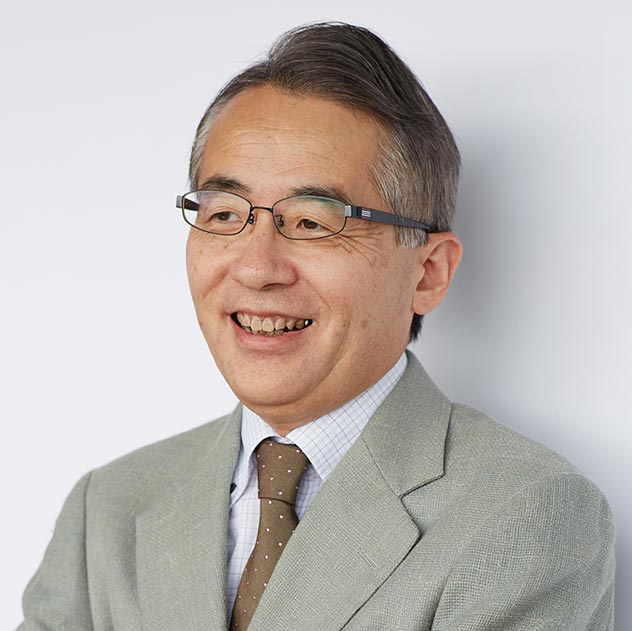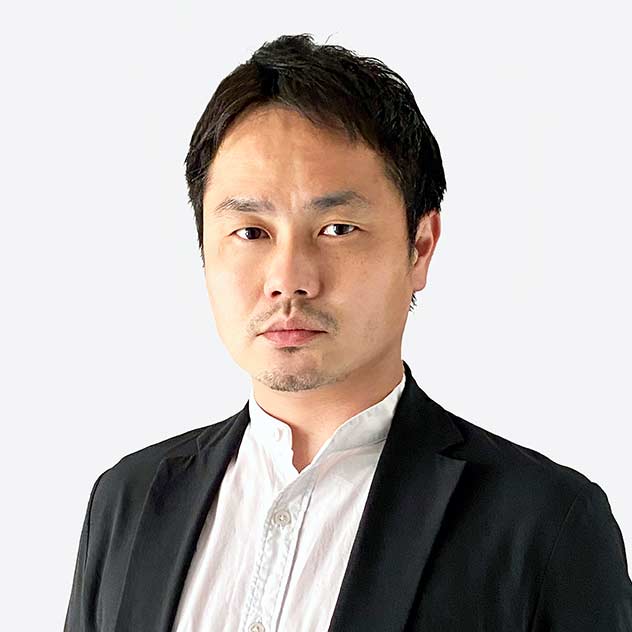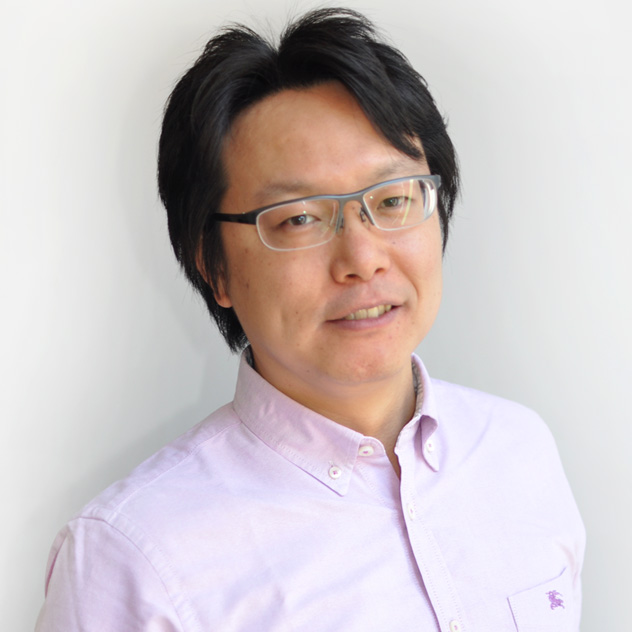Seeking an Ideal Public Space
Winner of the Master Plan Category of the Singapore Rail Corridor International Design Competition: “Lines of Life”
Scroll Down
At the Rail Corridor International Competition three team members were quoted as saying, “This is a dream project.” This international competition was held with the intent of revitalizing the old site of the Malayan Railways, which ran a total length of approximately 24km north to south across Singapore. The rail line’s nickname is the “Rail Corridor.” The competition was hosted by the Singapore Urban Redevelopment Authority (URA). The wish of the URA was “revitalization as an extraordinary public space that engages the senses.” What precisely was to be built was not determined. For this reason it was for Nikken Sekkei an opportunity to propose an ideal public space.
At the Rail Corridor Competition team members from a variety of fields including construction, urban planning and landscaping went beyond their areas of specialization to challenge themselves as one. “Lines of Life” won the Master Plan Category, but what kind of proposal was it?
CATEGORY
RELATED EXPERTISE
RELATED PROJECTS
Deeply Rooted in the Lives of the People
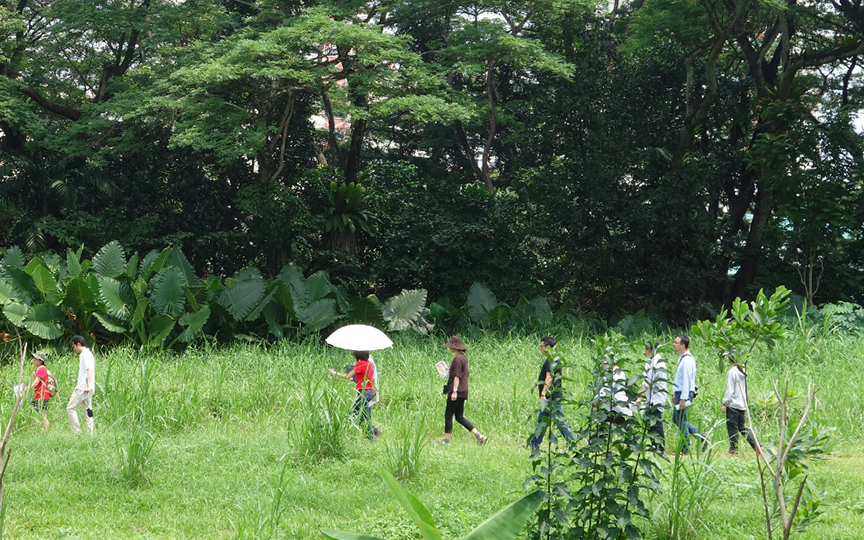
What We Saw When We Changed Our Viewpoint
Next we decided to consider the railway site not as an axis running the length of the track, but rather as a space of laterally-connected “front gardens” for each neighboring community. In doing this we felt we would be able to instill the context of each community and place in terms of nature, historical legacy and culture into the Rail Corridor. It was our belief that the newly created public space would serve as a link to the surrounding communities.
The essence of the master plan we proposed was a vision for the nurturing of the Rail Corridor together with the country, developers and people living in the area. In not simply providing people with a usable space but having them become concerned parties working together in the creation of the space, we feel this public space will become one with value to individual people

Who Owns Public Spaces?
The hope of our team is for the Rail Corridor to be nurtured into becoming this kind of space, and for the creation in the future of a public space holding to the same line of thinking in Japan.
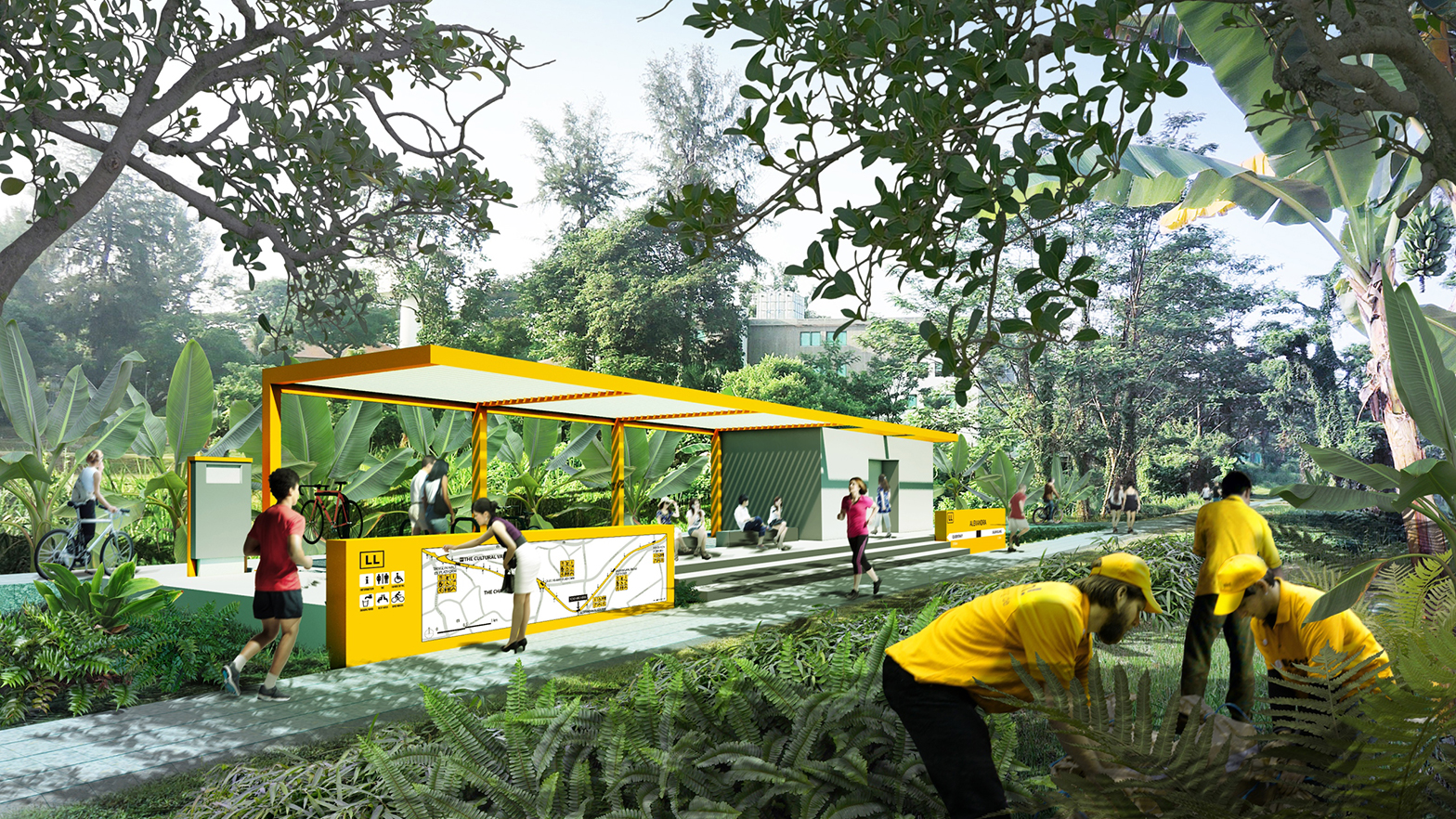
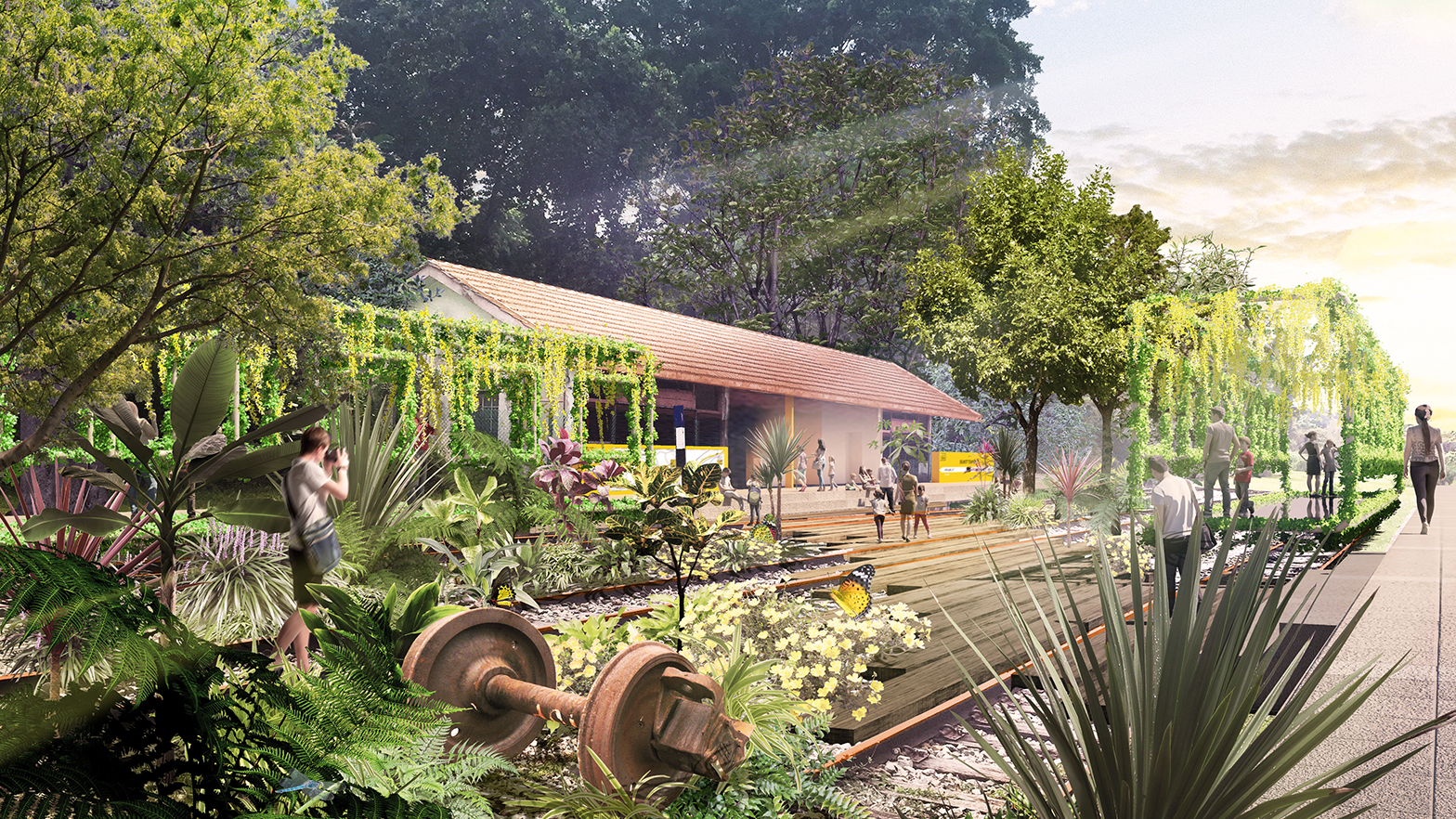
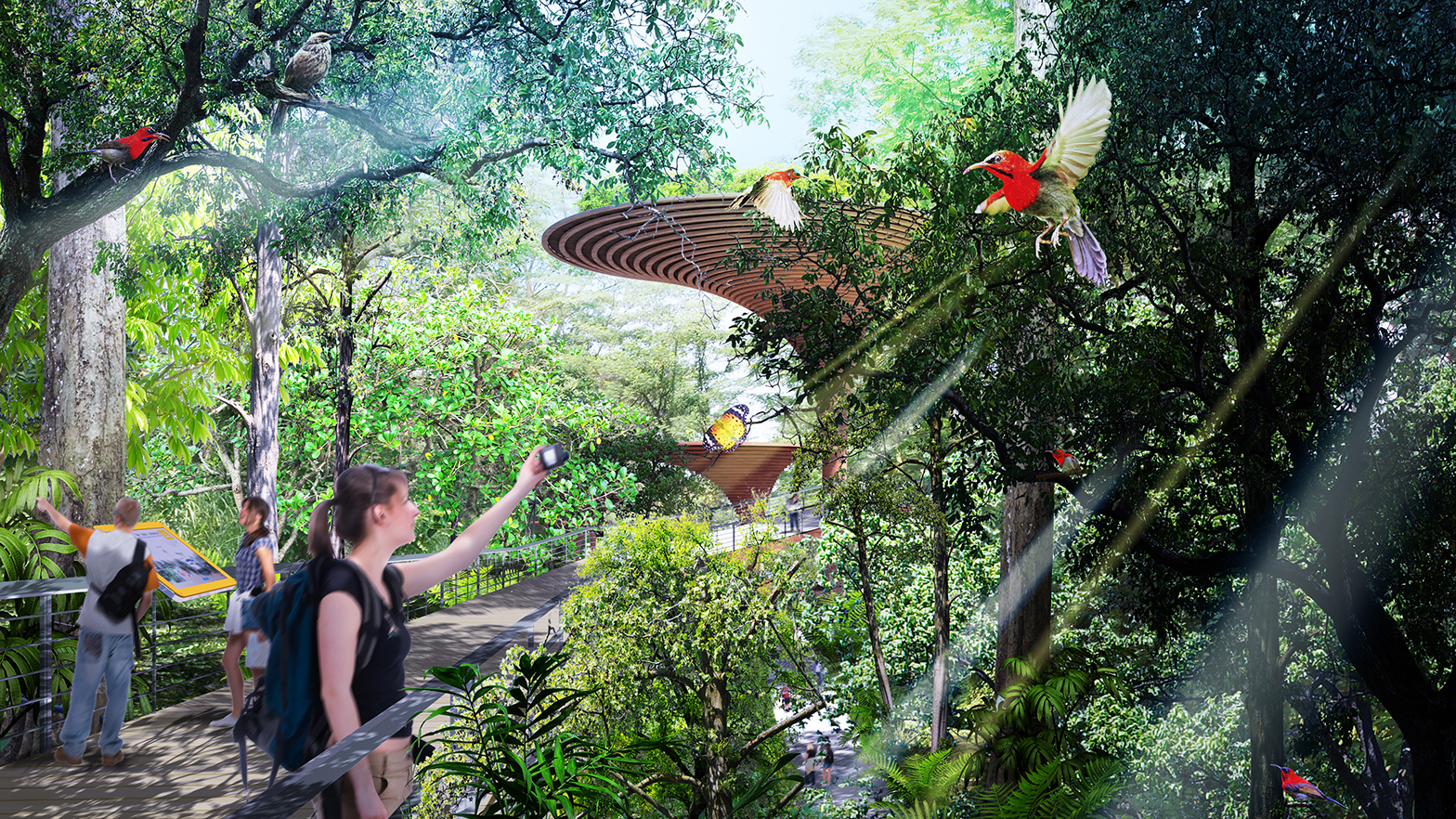
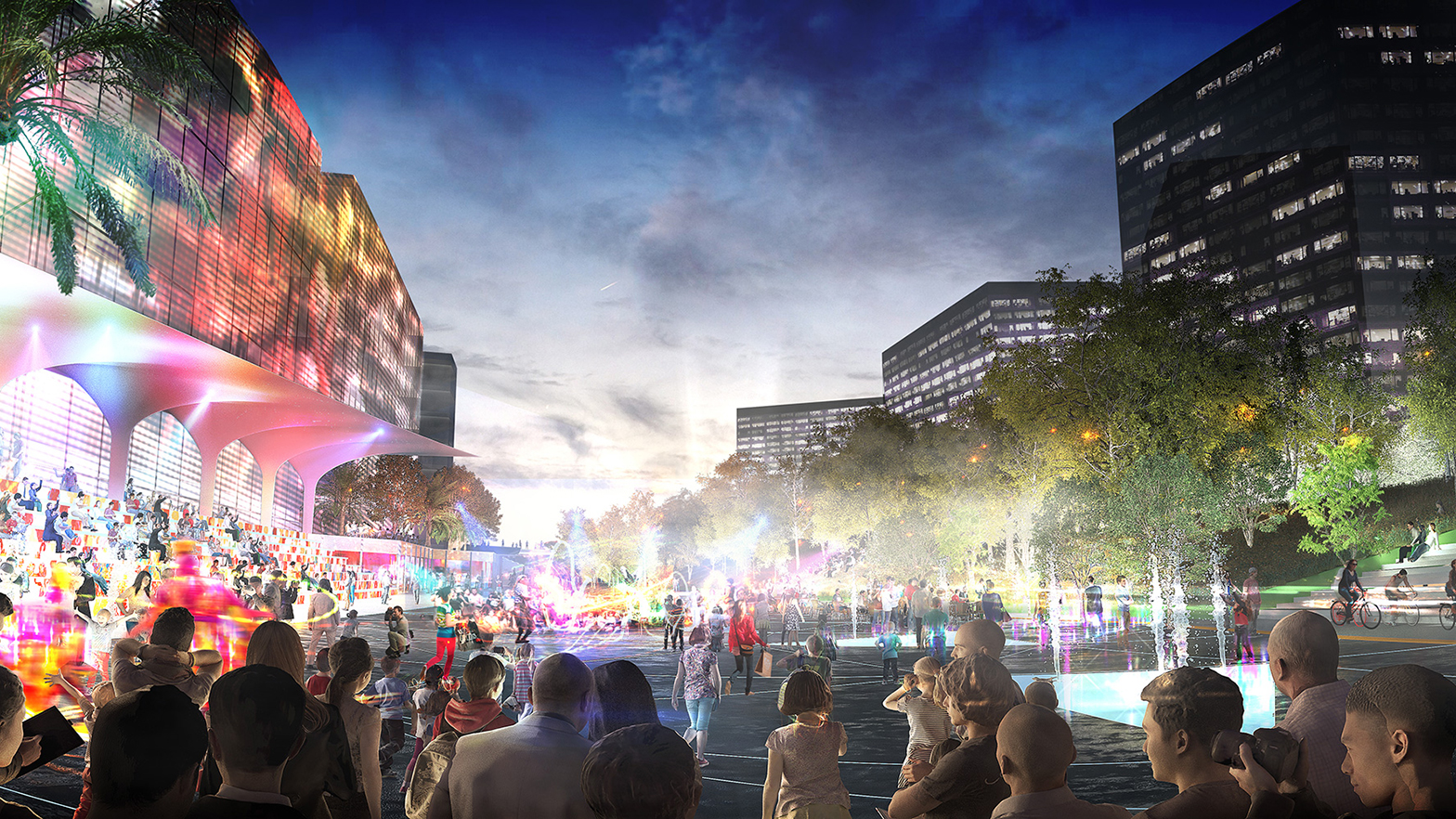 RAIL CORRIDOR |LINES OF LIFE
RAIL CORRIDOR |LINES OF LIFE
